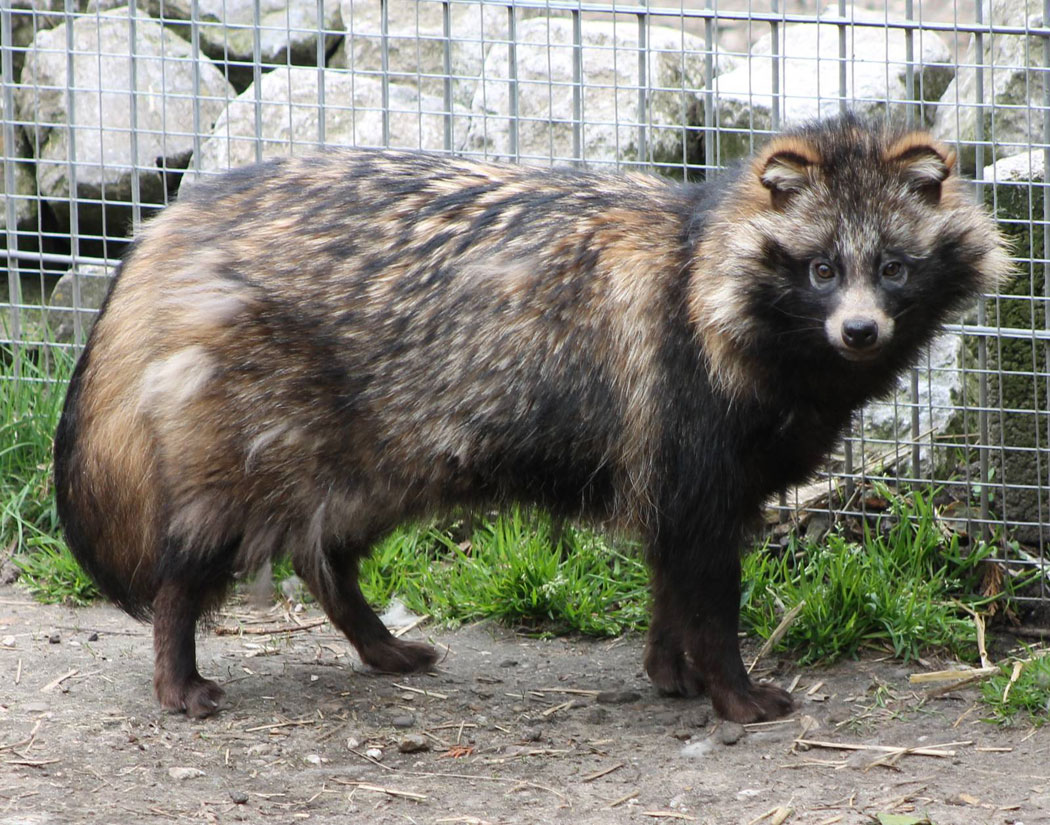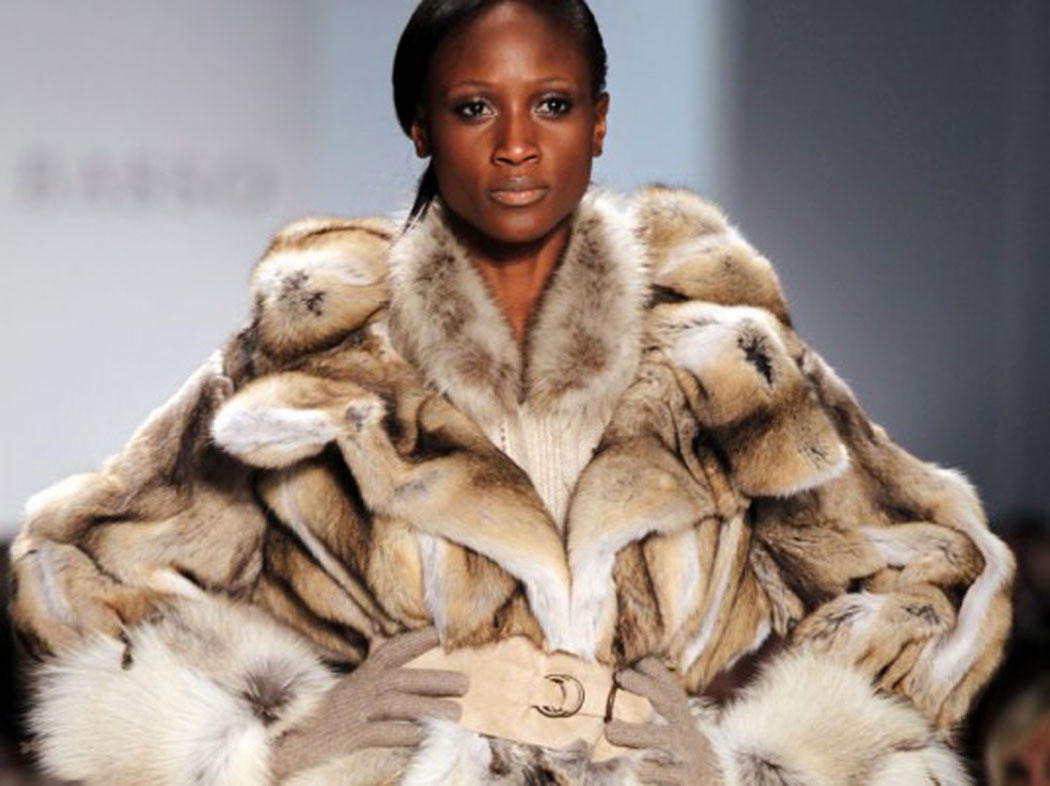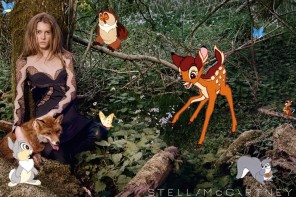Recently celebrity and anti-fur activist Khloe Kardashian urged her fans to wear fake fur. The idea makes sense: choose to fake your fur instead of opting for the real thing. But there is a catch.
Many faux fur garments look like the fur was taken from animals, as is the case with brands like Anna Sui and Miu Miu. One of the problems with authentic-looking, but fake, fur is that there is an undercurrent occurring with it: instead of discouraging people from desiring animal products, fake fur is keeping that feeling alive. It says, ‘You don’t have to get the real fur, but purchase this which is as plush as the real thing.’ This can be disturbing if you are against the fur industry because you wouldn’t want to wear something that symbolizes it. The good thing about fake fur is that it prevents the torturing and killing of animals, however you might not want to wear fake fur that gives the impression you are condoning the industry. If your fur looks real, people will think it is.
Really Fake or a Farce?
Shockingly, sometimes fur that is labelled fake is not always as benign as it seems. In 2012, investigators from The Humane Society purchased three Marc Jacobs coats on the internet that were said to have faux fur trims and discovered that the fur was taken from Chinese raccoon dogs. These poor animals are often skinned alive for their soft fur. The Humane Society also tested several Nicole Lee Fabiola handbags and found that their faux-fur trimming was actually rabbit fur. Selling animal fur and claiming it is fake is a violation of the Federal Trade Commission Act and has a civil penalty of up to $16,000 (approximately R60,000) per violation. One of the most important ways of noticing the difference between fake fur and real fur, according to The Humane Society, is to check the base of the fur. On faux fur, you will be able to see the thread-work from which the fake furs emerge.

Not as Green as You Think
From an eco-friendly perspective, fake fur is not always a greener fashion choice. Synthetics use up a lot of energy: to produce a kilo of nylon, for example, it takes three times the energy needed for a kilo of cotton, according to design consultant Kate Fletcher in her handbook, Sustainable Fashion and Textiles. When cleaned, synthetic fur releases microplastic particles into the water and food chain which can be harmful to both animals and humans. These particles are plastic of less than five millimetres in diameter – smaller than a grain of sand or the tip of a needle. They pose a risk to marine life, ending up in the tissues and digestive tracts of animals such as shellfish and molluscs, which can then be harmful to people who consume them.
Before purchasing a faux fur garment or accessory, think hard about what it means to you and if you have researched the label enough to know exactly where the ‘fur’ comes from and how it’s made. With so many natural fibers being used in fashion, there really isn’t much need for any kind of fur that ends up harming the environment in one way or another.











